12 Plants That Attract Pests to Your Garden
These plants may be all too enticing to common garden pests and critters.
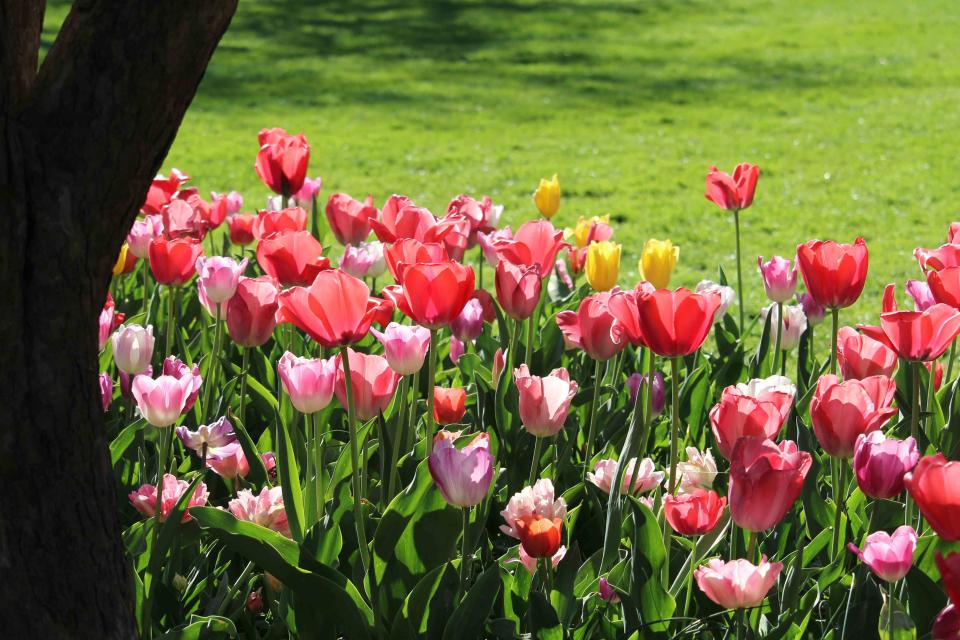
Cyndi Monaghan/Getty Images
When you're planting your garden, you're probably imagining a gorgeous array of blooms, a basket full of fresh veggies and fruits, or fresh herbs to add to your recipes. But common garden pests like squirrels, rabbits, and an array of insects could put a damper on your garden plans.
Related: How to Keep Animals Out of Your Garden Without Losing Your Mind
Before you plant your garden, consider these tips for protecting pest-prone plants in your garden—and the list of the most irresistable plants in your garden that may just need that protection.
Tips for Protecting Your Plants Against Pests
Even if your beloved roses draw Japanese beetles, you don't necessarily have to dig up the plant. There are things you can do to help protect your pest-magnet plants. "Integrated pest—or what I call integrated possibilities management—looks at what could become a problem and factors that in," Rooney says. If you know it's going to happen, you can create a cohesive plan for how to respond.
Try one (or ideally, more!) of these tactics to help protect even your pest-magnet plants from pests.
Put up barriers
Chicken wire or netting can help keep larger critters, like rabbits, squirrels, and deer, from nibbling on your favorite plants. You can also put bags around fruit that you don't want them disturbing, so your apples or tomatoes can grow unchewed.
Protect your plants from other stressors
A healthy plant can make it through a bout with a pest, so ensuring you're covering off on the proper access to water, fertilizer, and sunlight can do plenty to keep your plant thriving despite a few pests. "Most plants can handle this damage and come back healthy—just maybe not this season," Rooney says.
Plant trap crops and deterrents
Trap crops are other plants that are even more enticing to a particular pest. For instance, you can plant nasturtium near your tomatoes, and flea beetles will like those even more. (So as long as you don't mind sacrificing your nasturtium, your plant will thrive!)
In some cases, surrounding a particular plant with deterrent plants can also work—such as planting a thick row of marigolds surrounding tulips to keep rabbits away.
Related: The 15 Best Plants to Grow Next to Tomatoes
Encourage predators
Bring beneficial insects like lady bugs, praying mantises, and the like into your yard to do the dirty work for you. "Plants like dill, fennel, and sweet alyssum bring in predators like soldier flies and lady bugs to help take care of pests," Rooney says.
Tips
Rooney says not to bother buying live lady bugs, praying mantises, or other insects to try to boost your beneficial bug population. "Those are harvested from wild areas, depleting the populations there, and they won't stay in your garden anyway," she says.
Watch out for water buildup
"Mosquitos love stagnant water and lush undergrowth—they hide in humid areas and standing water," Rooney says. So dump and clean birdbaths and potted plant saucers at least every three days, and consider cutting back undergrowth that may harbor mosquitoes,
Related: How to Get Rid of Mosquitoes in Your Backyard
Plant a variety of plants
An all-rose garden can be beautiful, but it makes your garden all too enticing to a rose's natural enemies. So be sure to mix it up in your garden. "A variety of plants makes your garden welcoming to everybody, so nobody gets out of control," Rooney says.
Tulips
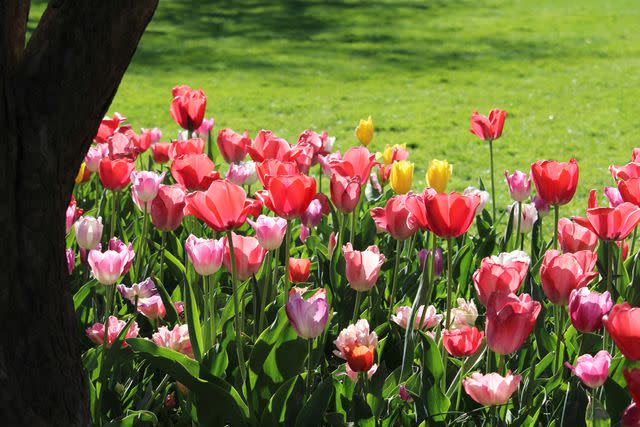
Cyndi Monaghan/Getty Images
Rabbits and deer love the tender shoots of the tulip plants, and may munch them away before they even bloom. If your plants get to full size, aphids, thrips, and spider mites can also attack them.
Related: How to Keep Rabbits Out of Your Garden
Roses
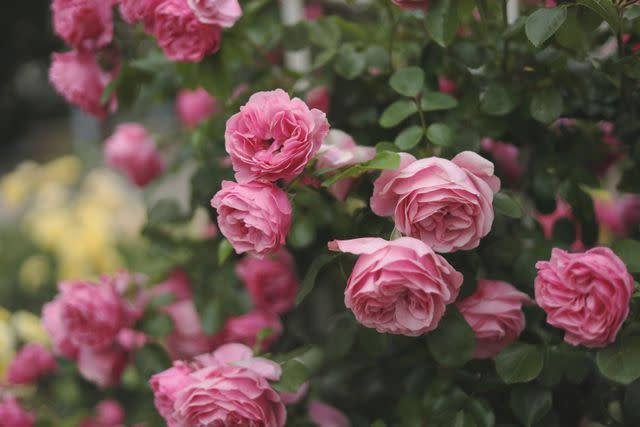
Masako Ishida/Getty Images
Roses can be prone to a number of different pests, including common pests like Japanese beetles, spider mites, aphids, and thrips, along with rose-centric pests like rose slugs and rose leafhoppers. Rabbits are also a big fan of roses.
Tomatoes
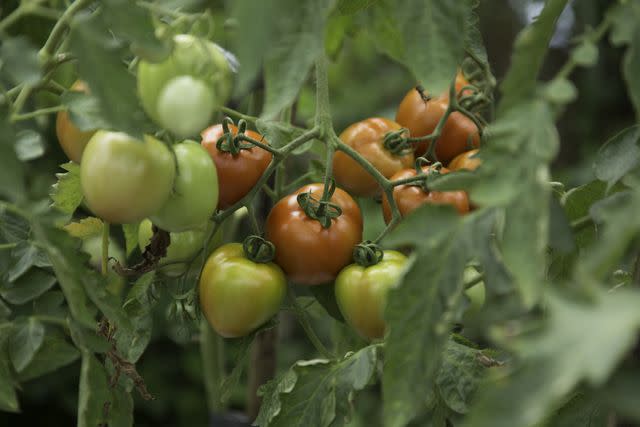
Tomatoes are a draw for larger critters like rabbits, squirrels, and deer, but also attracts an array of insects, including hornworms, whiteflies, aphids, stink bugs, and hornworms.
Grapevines

igorartmd / iStock / Getty Images Plus
Young grapevine leavesGrapevines can be a favorite of pollinators like birds and bees, but it's also attractive to a brand new plant pest, the spotted lanternfly. The nymphs and adult lanternflies feed on the sap of the grapevines, not only damaging your vines (and your yield), but leaving behind a sticky residue that can cause sooty mold to develop on your plants.
Related: How to Get Rid of Spotted Lanternflies
Bamboo

Arun Krishnan / EyeEm / Getty Images
Bamboo itself can be considered invasive, but the plants provide hiding spots for mosquitoes—especially if your bamboo plants have hollow reeds where moisture can collect.
Berry Bushes

Berry bushes tend to be another target for your furry critter garden brigade, but they can also fall victim to common insect pests, such as aphids, mealybugs, spider mites, and thrips.
Water Lilies and Other Aquatic Plants
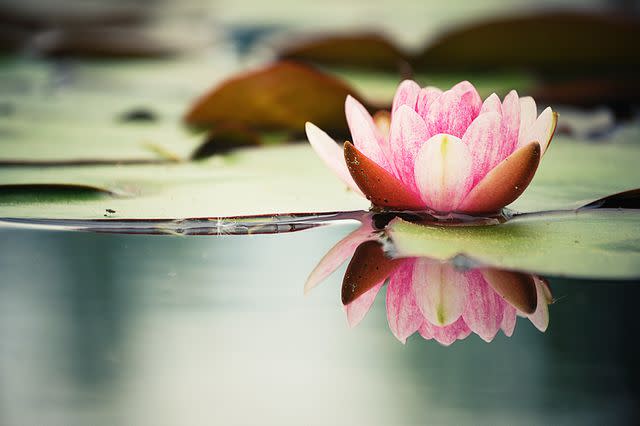
It's probably no surprise that aquatic plants like water lilies provide safe harbor and shallow spots of water for mosquitoes to lay eggs.
Sunflowers

Sunflower's seeds are a favorite of many common animals, such as squirrels and birds, but there are several different insects that are attracted to sunflowers, including moths and weevils.
Nasturtiums
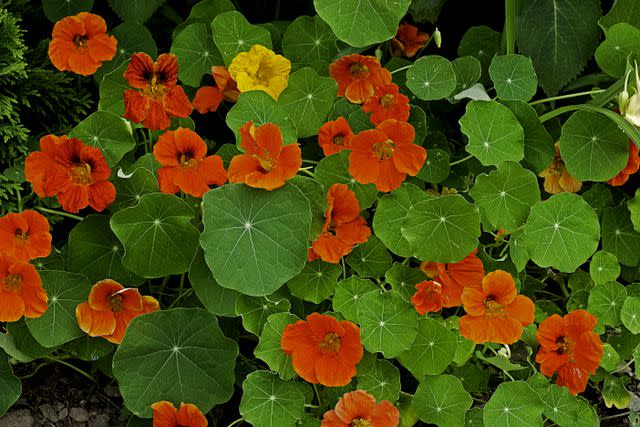
Getty Images
Nasturtiums are a favorite of flea beetles, spider mites, aphids, and other common plant pests—which is why they're often recommended as a "trap crop." But they may also serve as a deterrent for other pests, so consider what your most common pest problem may be.
English Ivy

English ivy is another potential safe harbor for mosquitoes with the humid, shaded areas beneath the plants. It also tends to attract mealybugs and spider mites, among other common plant pests.
Broccoli

ZenShui/Laurence Mouton/Getty Images
Broccoli is a favorite snack of aphids, a garden pest that can move on to other plants in your garden, too. Army worms, flea beetles, and whiteflies are other broccoli pests that can go on and damage other parts of your garden.
Strawberries
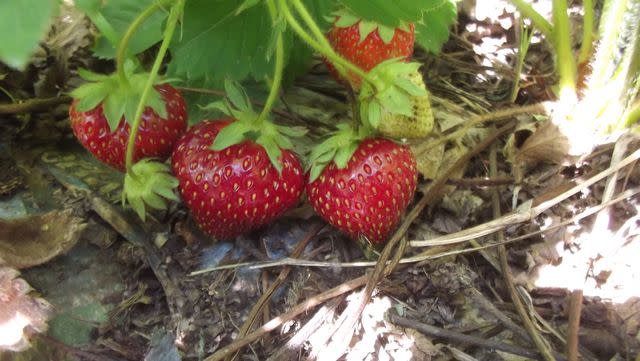
Your strawberry crops can often be taken in full by rabbits, squirrels, and other raiders. But you'll find that they can also fall victim to thrips, whiteflies, aphids, and other common pests.
For more Real Simple news, make sure to sign up for our newsletter!
Read the original article on Real Simple.

 Yahoo Lifestyle
Yahoo Lifestyle 
